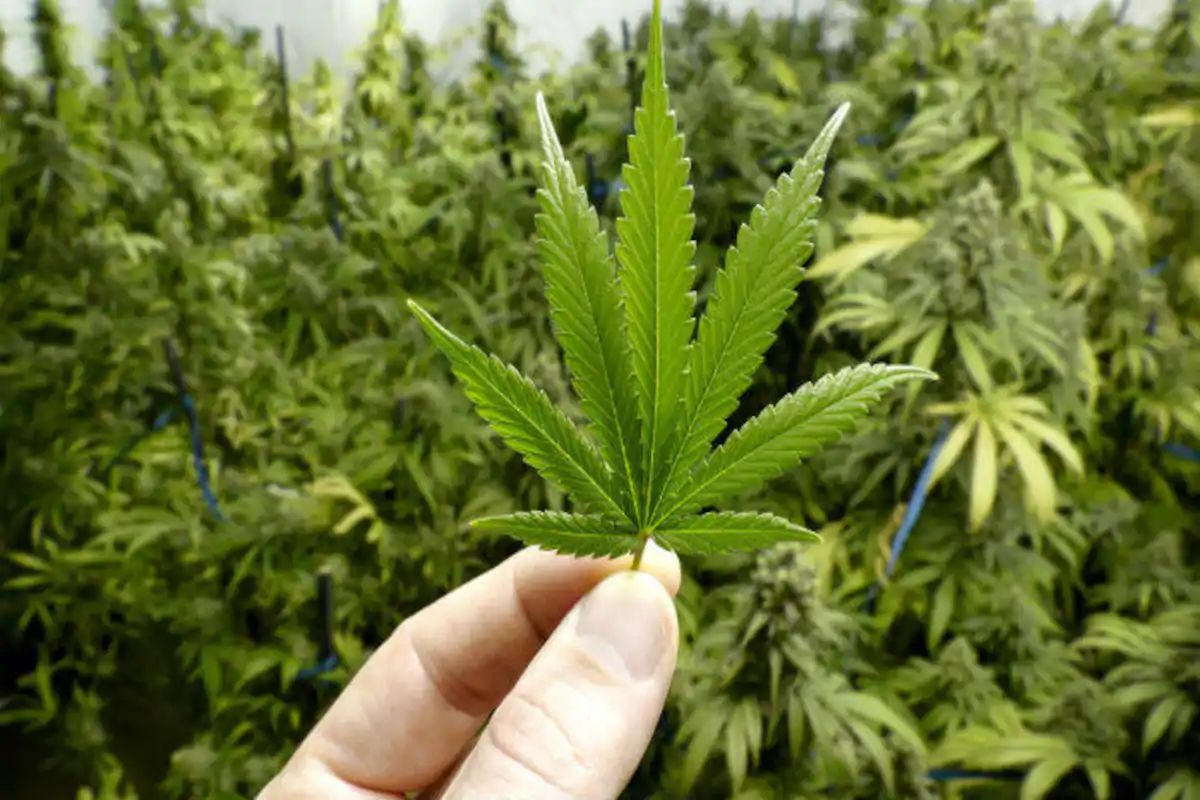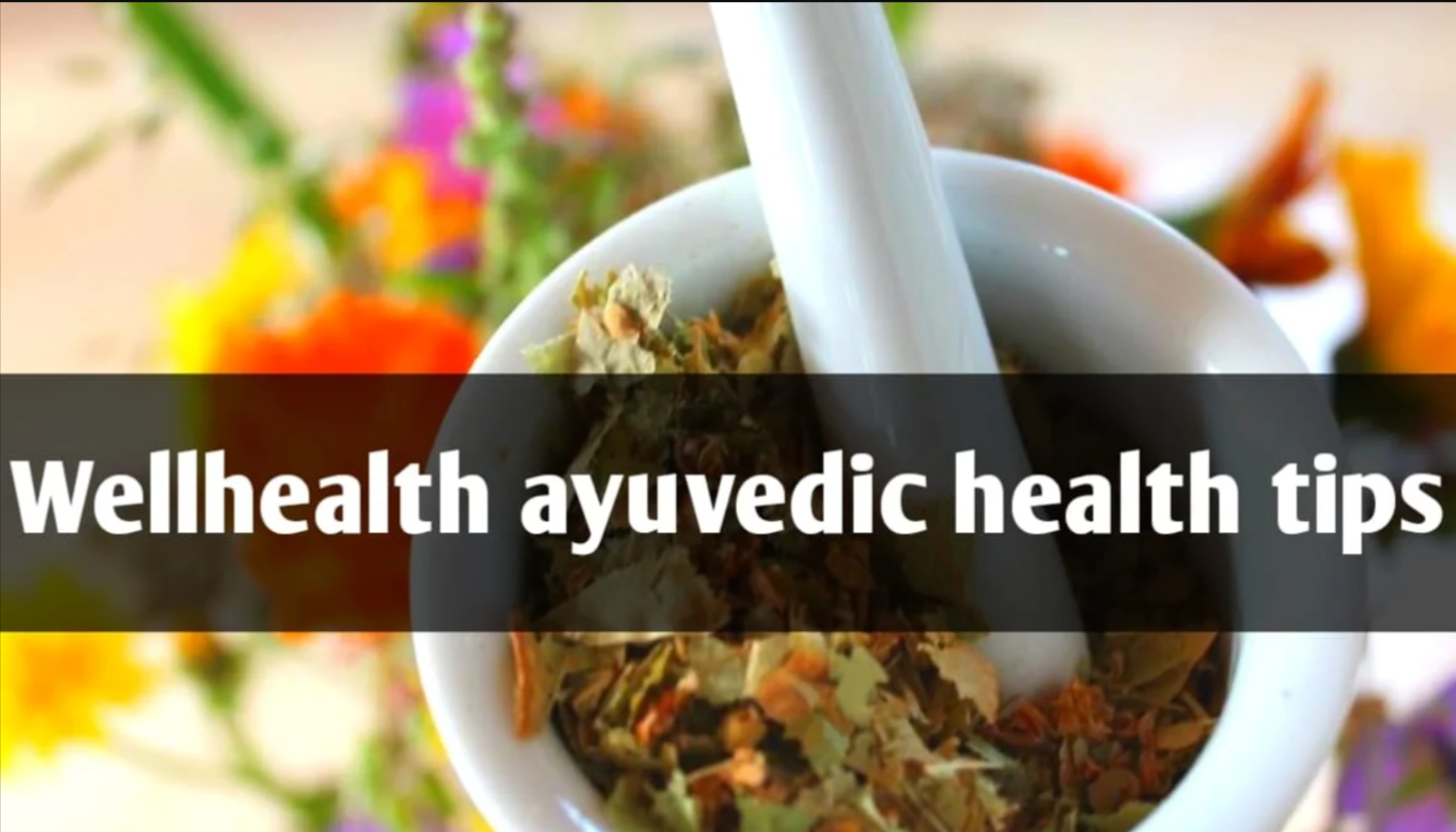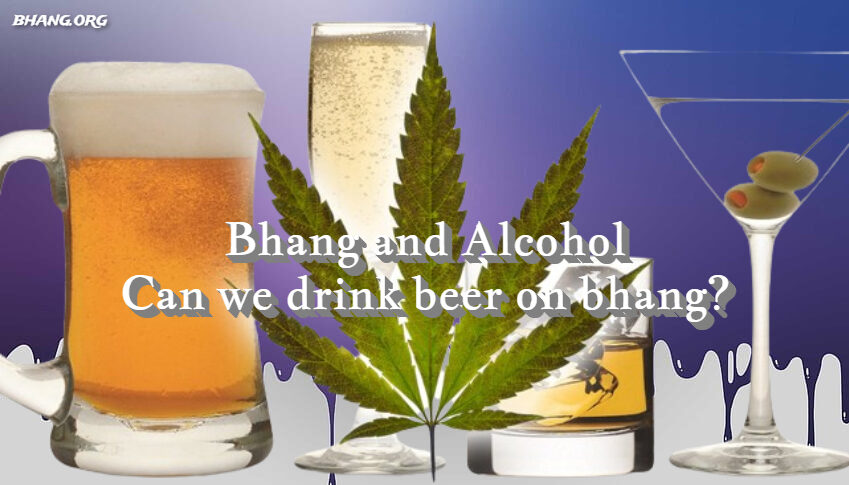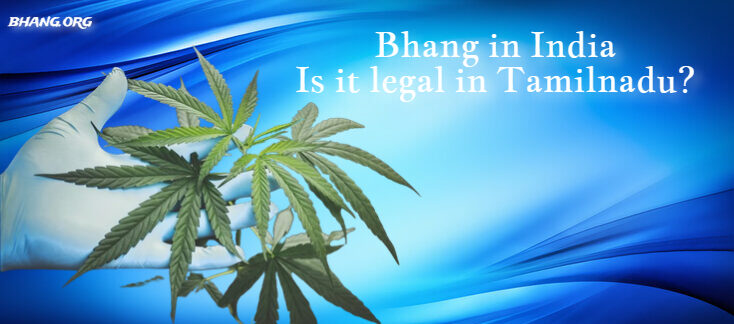
What is Bhang? Advantages and Side Effects
What is Bhang and How is it Made?
Bhang, a form of cannabis, has long been depicted in Indian popular culture, with references in religious ceremonies and Bollywood movies like “Yeh Jawaani Hai Deewani.” But what exactly is bhang?
Bhang is an edible preparation derived from the buds, leaves, and flowers of the marijuana plant. It has been incorporated into food and beverages during religious festivals for thousands of years and holds medicinal significance in Indian culture.
To make bhang, the leaves, buds, and flowers of female cannabis plants are ground into a paste using a mortar and pestle. Spices are often added to this paste, which is then used to prepare various delicacies such as lassi, kulfi, laddoos, and pakoras.
Despite its historical and cultural importance, bhang is still considered illegal in many parts of India. However, government-approved shops are permitted to sell bhang due to religious and cultural exemptions.
Side Effects of Bhang:
Cannabis contains chemicals that interact with specific sites in the brain and nerves, resulting in reduced anxiety, euphoria, and pain relief. These effects make bhang both a medicinal and recreational substance.
Who Should Avoid Bhang?
Common reactions to bhang consumption include increased heart rate and appetite. Therefore, individuals with asthma, cardiac issues, and nerve-related conditions should avoid bhang.
Is Bhang Addictive?
Similar to other substances, bhang can be addictive. The presence of THC in cannabis-based products contributes to its addictive nature. Addiction depends on various factors, including genetics, family background, and mental health.
Symptoms of Bhang Addiction:
Bhang addiction manifests through various symptoms and can lead to multiple problems, including:
- Bloodshot or red eyes
- Rapid heartbeat
- Persistent cough with mucus
- Dry mouth
- Impaired memory
- Anxiety and paranoia
- Loss of self-control
- Poor coordination
Is Mixing Bhang with Alcohol Safe?
Mixing bhang with alcohol is generally not recommended. The consumption of marijuana can impair judgment, making it difficult to assess the effects of alcohol and potentially leading to alcohol poisoning.
Tips for Consuming Bhang:
When consuming bhang, consider the following do’s and don’ts:
- Do not drive after consuming bhang, as it impairs judgment, coordination, and reaction time.
- Avoid consuming bhang on an empty stomach.
- Stay hydrated by drinking plenty of water while consuming bhang.
- Keep bhang away from children and pregnant women.
Bhang: Medicinal Properties
Marijuana thrives in regions of higher altitude, with the climate around the foothills of the Himalayas being particularly suitable for its growth. The Himalayas also attract many seeking Ayurvedic treatments. In the ancient Indian system of medicine, known as Ayurveda, marijuana, in the form of bhang, is utilized as a medicinal preparation primarily for treating symptoms of depression and related disorders.
Recent research has unveiled additional benefits of bhang:
Prevents Nausea and Vomiting:
- Bhang possesses well-documented anti-nausea and anti-vomiting properties, making it particularly valuable during chemotherapy treatments for cancer patients. Tetrahydrocannabinol (THC), a prominent chemical component found in marijuana, is accountable for the anti-nausea and anti-vomiting properties observed in bhang.
Reduces Pain:
- Bhang numbs the pain receptors in the nervous system, leading to the mellow sensation associated with its consumption. This quality also makes bhang an effective pain reliever for individuals suffering from conditions that cause chronic pain.
Increases Appetite:
- Bhang boosts a person’s appetite by influencing the hypothalamus through THC, a component present in bhang. This phenomenon is famously known as “the munchies” among marijuana consumers. Therefore, for individuals experiencing a lack of appetite, bhang can help stimulate the body to regain its appetite, even after eating.
How Bhang Works
Bhang contains the chemical THC (Tetrahydrocannabinol), which our body recognizes as a neurotransmitter, enabling it to disrupt normal bodily functions. It significantly affects the hippocampus and the orbitofrontal cortex, regions responsible for memory formation and attention control. Consequently, consuming Bhang can impair cognitive function and hinder learning ability.
Similar to many substances, Bhang activates neurons in our body’s reward system, prompting the release of dopamine at levels higher than usual in response to natural stimuli. This dopamine surge induces the sensation known as the “high” experienced by marijuana users.
Treating Bhang Overdose
Determining the threshold for overdose varies among individuals, but excessive consumption of Bhang typically results in adverse reactions. How can you recognize such a reaction?
Consuming too much Bhang can lead to symptoms such as confusion, dry mouth, fatigue, anxiety, mood swings, increased heart rate, dizziness, and headaches. In rare instances, it may escalate to hallucinations, paranoia, panic attacks, nausea, and vomiting. As with anything, moderation is key to avoiding adverse reactions when using Bhang.
Bhang Addiction
Despite its numerous benefits, Bhang is still a substance that can lead to addiction if not consumed in a controlled and supervised manner. Uncontrolled and unsupervised use of Bhang can result in addiction and, in severe cases, overdose. However, if addiction or overdose does occur, there are several treatment options available to help individuals recover.
- Medication can play a significant role in treating drug addiction by making the treatment more effective when combined with appropriate counseling. Individual counseling is essential for success and should be provided multiple times per week.
- Cognitive Behavioral Therapy (CBT) is a highly effective method for treating drug addiction as it helps individuals manage their thought patterns and control negative behaviors that may contribute to drug abuse.
- Motivational Enhancement Therapy (MET) is another commonly used approach in drug addiction treatment. In MET, a therapist assists individuals in enhancing their motivation to resist drug use.
- Family therapy is beneficial for individuals in recovery, as family members often serve as a vital support system after leaving a rehabilitation center. It is important for family members to understand the recovery process so they can provide appropriate support and encouragement alongside medical and therapeutic assistance.
- Group therapy allows individuals with addiction to connect with peers who share similar experiences, providing a platform to learn and share emotions in a supportive environment.
- Individual therapy focuses on helping individuals maintain abstinence from drug abuse through a solution-oriented approach tailored to their specific needs.
- Relapse prevention strategies are provided to help individuals prevent relapse after completing treatment. These tools and techniques equip individuals with the skills necessary to recognize and overcome triggers that may lead to relapse.
- By incorporating these treatment modalities, individuals struggling with Bhang addiction can embark on a path to recovery and lead fulfilling lives free from substance abuse.
Conclusion:
Despite its cultural significance and medicinal properties, bhang can lead to addiction and overdose if not consumed responsibly. Understanding its effects, recognizing overdose symptoms, and seeking appropriate treatment are crucial steps in ensuring safe consumption and promoting recovery from addiction.
FAQs
What is Bhang and How is it Made?
Bhang is an edible preparation derived from the buds, leaves, and flowers of the marijuana plant. To make bhang, the leaves, buds, and flowers of female cannabis plants are ground into a paste using a mortar and pestle. Spices are often added to this paste, which is then used to prepare various delicacies such as lassi, kulfi, laddoos, and pakoras.
Who Should Avoid Bhang?
Individuals with asthma, cardiac issues, and nerve-related conditions should avoid consuming bhang due to common reactions such as increased heart rate and appetite.
Is Bhang Addictive?
Yes, bhang can be addictive, primarily due to the presence of THC in cannabis-based products. Addiction depends on various factors, including genetics, family background, and mental health.
How Does Bhang Work?
Bhang contains THC, which disrupts normal bodily functions by affecting regions responsible for memory formation and attention control. It also activates neurons in the body’s reward system, leading to the release of dopamine and the sensation of being “high.”
Treating Bhang Overdose
Recognizing a bhang overdose involves symptoms such as confusion, dry mouth, fatigue, anxiety, mood swings, increased heart rate, dizziness, and headaches. Treatment options include medication, cognitive behavioral therapy, motivational enhancement therapy, family therapy, group therapy, individual therapy, and relapse prevention strategies.


